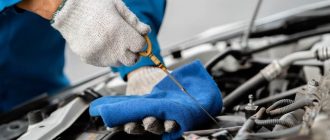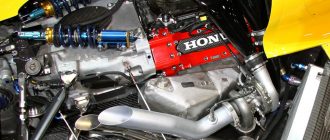What is Cylinder in Car Engine
Introduction
The cylinder is a fundamental component of an internal combustion engine. It is a cylindrical chamber in which the piston moves up and down, compressing and expanding the air-fuel mixture to create power.
Types of Cylinders
There are two main types of cylinders: inline and V-type.
Inline Cylinders
Inline cylinders are arranged in a straight line, one behind the other. This is the most common type of cylinder arrangement, and it is found in most four-cylinder and six-cylinder engines.
V-Type Cylinders
V-type cylinders are arranged in two banks, with the banks forming a V-shape. This type of cylinder arrangement is found in most V6, V8, and V12 engines.
Parts of a Cylinder
The cylinder is composed of several parts, including:
- Bore: The diameter of the cylinder
- Stroke: The distance the piston moves up and down
- Combustion chamber: The space above the piston where the air-fuel mixture is burned
- Valves: The valves that control the flow of air and fuel into and out of the cylinder
- Piston rings: The rings that seal the piston to the cylinder walls
Operation of a Cylinder
The cylinder operates on a four-stroke cycle:
- Intake stroke: The intake valve opens, and the piston moves down, drawing the air-fuel mixture into the cylinder.
- Compression stroke: The intake valve closes, and the piston moves up, compressing the air-fuel mixture.
- Power stroke: The spark plug ignites the air-fuel mixture, and the expanding gases drive the piston down, creating power.
- Exhaust stroke: The exhaust valve opens, and the piston moves up, expelling the exhaust gases from the cylinder.
Importance of Cylinders
Cylinders are essential for the operation of an internal combustion engine. They provide the space in which the air-fuel mixture is burned, and they convert the expanding gases into power.
Conclusion
The cylinder is a critical component of an internal combustion engine. It is responsible for converting the chemical energy of fuel into mechanical energy.




